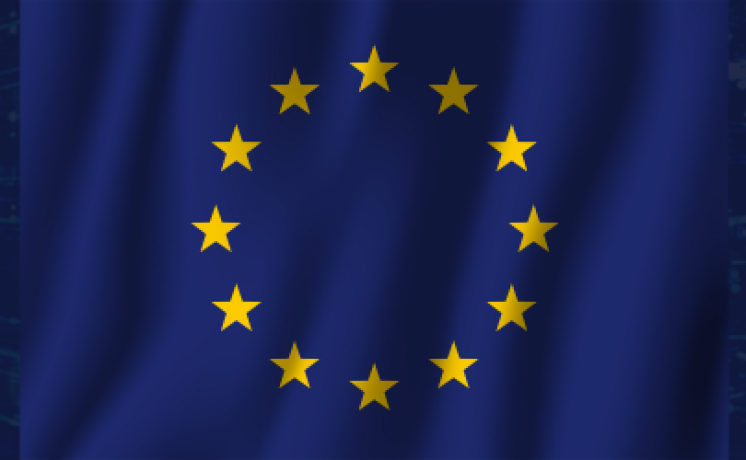The MHRA will only accept device registrations from companies based in the UK, a company’s UK Responsible Person, or from an Authorized Representative based in Northern Ireland.
Among the many issues facing the device industry, the start of 2021 also brought the official withdrawal of the United Kingdom from the European Union (Brexit). As part of that, the UK will (again) develop and implement its own regulations of medical devices. The UK Medicines and Healthcare products Regulatory Agency (MHRA) has established transition and implementation timelines for devices being placed onto the UK market.
In keeping with all things Brexit, there are many nuanced implementation issues depending on whether you are placing a device on the Great Britain market (England, Scotland, and Wales) or Northern Ireland market. Note that the Republic of Ireland (Ireland) is still part of the EU, and the EU directives and regulations still apply.
Specifically, the MHRA has stated:
- Device manufacturers based outside of the UK must establish a UK Responsible Person (UKRP) who will be responsible for the product in the UK.
- Until 1 July 2023, the MHRA will continue to recognize existing European CE marking (compliance to EU Medical Device Directives [MDD, AIMD, IVDD], the Medical Devices Regulation [MDR] and the In Vitro Diagnostic Regulation [IVDR]).
- For any device placed on the Great Britain market after that, manufacturers will need to obtain a UK Conformity Assessment (UKCA) mark to be legally marketed in England, Scotland, and Wales.
- In Northern Ireland, the EU MDR/IVDR CE mark is required. In addition, a UK(NI) mark is required if a UK Notified Body performs the third-party conformity assessment. Great Britain-based manufacturers must also have an EU or Northern Ireland-based Authorized Representative to place devices on the Northern Ireland market. Note that devices placed only on the Northern Ireland market must also be registered with the MHRA.
- As with the directives, Class I devices with a measuring function or that are sterile require approval from a UK Approved Body.
On 31 December 2020, the MHRA published new guidance on the registration requirements and deadlines for medical devices and IVDs currently being placed on the UK market, which took effect on 1 January 2021. Even ahead of the transition to UK national conformity, any medical device being placed on the UK market (including Northern Ireland) must be registered with the MHRA according to the following implementation timeline. Note also that these are the deadlines by which a manufacturer based outside of the UK must appoint a UK Responsible Person.
1 January 2021 – Where the manufacturer is in the UK or the Authorized Representative is in Northern Ireland (current requirements):
- Class I devices
- Custom-made devices
- General IVDs
1 May 2021:
- Active implantable medical devices
- Class III medical devices
- Class IIb implantable medical devices
- IVD List A products (Annex II)
1 September 2021:
- Class IIb non-implantable medical devices
- Class IIa medical devices
- IVD List B products
- Self-test IVDs
1 January 2022 (for those manufacturers or Authorized Representatives not based in the UK):
- Class I medical devices
- General IVDs
The MHRA will only accept device registrations from companies based in the UK, a company’s UK Responsible Person, or from an Authorized Representative based in Northern Ireland. That there is a fee for each registration, including updating information on an existing registration, and the GMDN is a mandatory field.
How USDM Helps Medical Device Manufacturers
From design to post market, managing change to a medical device is critical. Our Medical Device division helps customers bring their products to market faster, monitor their products in the field, and handle post-market surveillance while addressing a variety of regulatory challenges unique to the medical device industry.
USDM offers comprehensive services to help navigate a complex regulatory landscape, including compliance and quality strategy and execution, audits and assessments, remediation, validation and qualification, global product identification and much more.
About the Author
Jay Crowley is the Vice President of Unique Device Identification Solutions at USDM Life Sciences. He is a recognized expert in the area of UDI and held a variety of positions over his 26 years at the FDA, including developing the requirements for the FDA’s UDI System. Jay also worked in the Office of the Commissioner of FDA, and the Office of Compliance at FDA.




